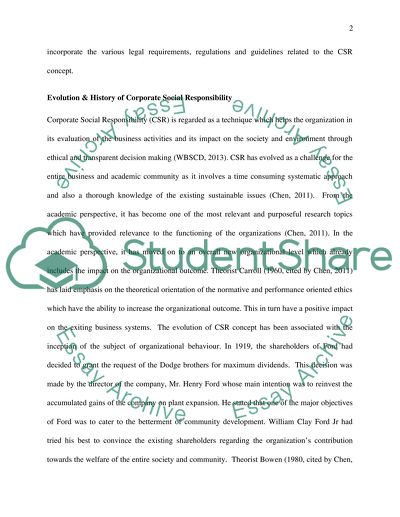Cite this document
(“Corporate Social Responsibility Essay Example | Topics and Well Written Essays - 1750 words”, n.d.)
Corporate Social Responsibility Essay Example | Topics and Well Written Essays - 1750 words. Retrieved from https://studentshare.org/finance-accounting/1489807-corporate-social-responsibility
Corporate Social Responsibility Essay Example | Topics and Well Written Essays - 1750 words. Retrieved from https://studentshare.org/finance-accounting/1489807-corporate-social-responsibility
(Corporate Social Responsibility Essay Example | Topics and Well Written Essays - 1750 Words)
Corporate Social Responsibility Essay Example | Topics and Well Written Essays - 1750 Words. https://studentshare.org/finance-accounting/1489807-corporate-social-responsibility.
Corporate Social Responsibility Essay Example | Topics and Well Written Essays - 1750 Words. https://studentshare.org/finance-accounting/1489807-corporate-social-responsibility.
“Corporate Social Responsibility Essay Example | Topics and Well Written Essays - 1750 Words”, n.d. https://studentshare.org/finance-accounting/1489807-corporate-social-responsibility.


